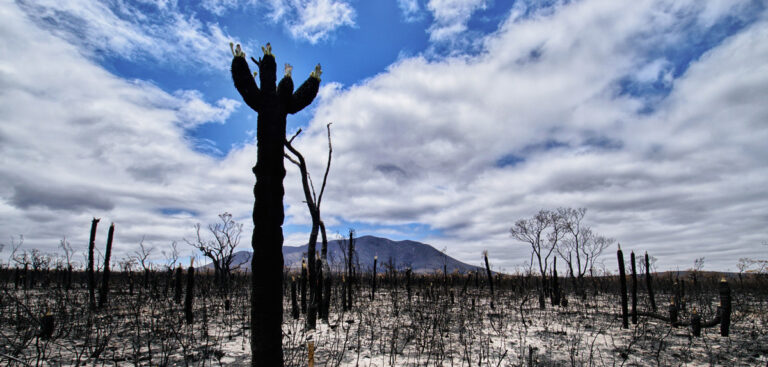Carbon dioxide levels are expected to rise at the highest annual rates since records began, with Australian bushfires significantly contributing to the increase.
Measurements taken at Mauna Loa in Hawaii for the atmospheric concentration of CO2 are expected to peak above 417ppm (parts per million) in May, and average 414.2 ± 0.6ppm.
The annual average represents a 2.74 ± 0.57ppm on the average for 2019.
Human-made emissions have caused the CO2 to rise in concentration, impacts of weather patterns on global ecosystems are predicted to increase the rise by 10% this year. Emissions from Australian bushfires contributed up to one-fifth of the increase.
Professor Richard Betts MBE of the UK’s Met Office Hadley Centre and University of Exeter said, “Although the series of annual levels of CO2 have always seen a year-on-year increase since 1958, driven by fossil fuel burning and deforestation, the rate of rise isn’t perfectly even because there are fluctuations in the response of ecosystem carbon sinks, especially tropical forests. Overall these are expected to be weaker than normal for a second year running.”
Pacific Ocean temperatures are known to impact the uptake of carbon dioxide by land ecosystems. A warmer tropical Pacific causes regions to become warmer and drier, limiting the ability of plants to grow and absorb CO2 and increasing the risk of wildfires.
Professor Betts added, “The success of our previous forecasts has shown that the year-to-year variability in the rate of rise of CO2 in the atmosphere is affected more by the strength of ecosystem carbon sinks and sources than year-to-year changes in human-induced emissions. Nevertheless, the anthropogenic emissions are still the overall driver of the long-term rise in concentrations.”
The CO2 concentrations at Mauna Loa are measured by the Scripps Institution for Oceanography at the University of California, San Diego, and the National Oceanographic and Atmospheric Administration.



